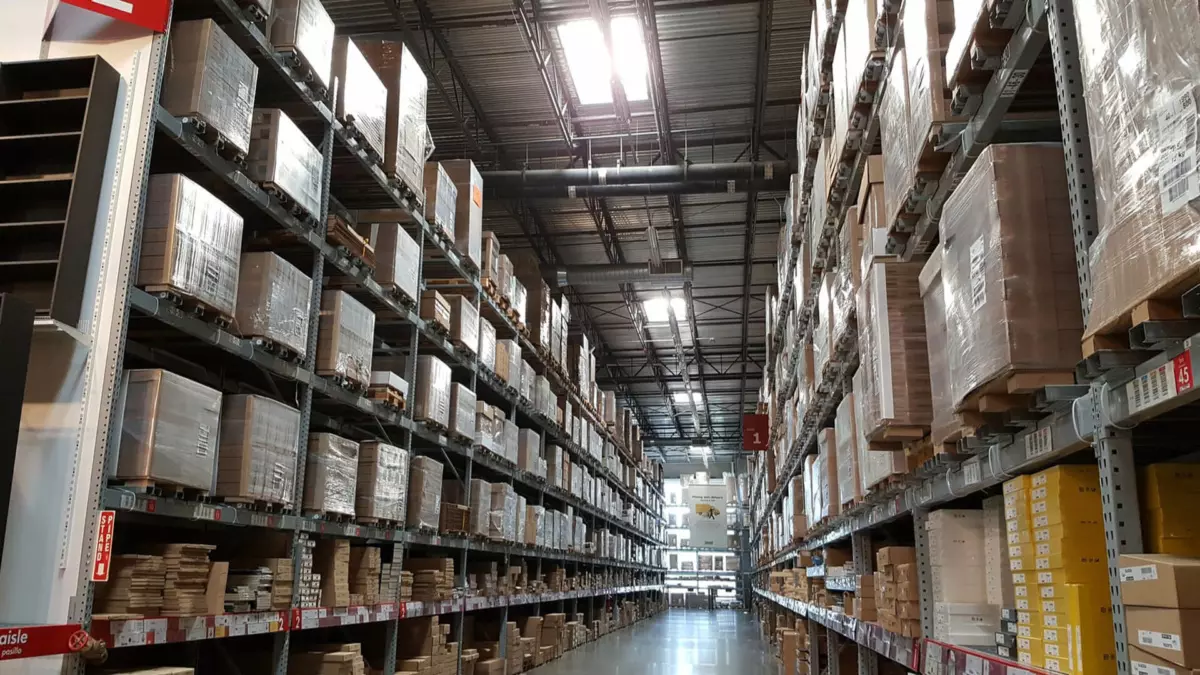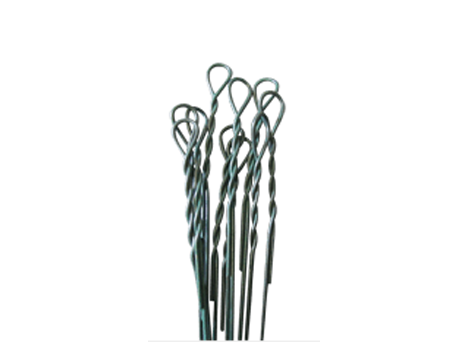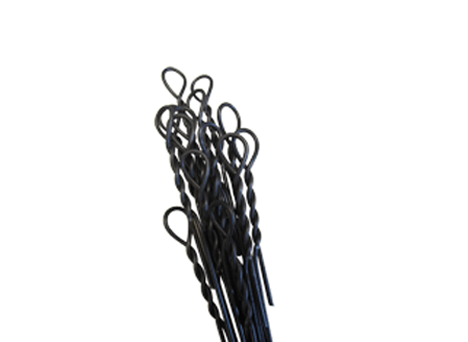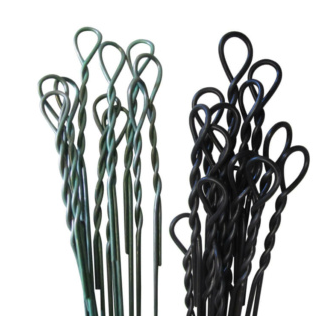Galvanized vs. Black Annealed: What’s the Difference?

In the world of bale ties, there are three common finishes or types of wire used in the manufacturing process. Wire with one of these three finishes will ultimately be used to manufacture your bale tie. Each type has unique traits and properties that give the bale tie an individual look and feel.
Listed from most common to least common would be Galvanized, Black Annealed, and Painted/Coated. Below is a description of each finish as well as some attributes and features.
Galvanized Wire
The most common type of wire finish used in the production of a bale tie is galvanized. Galvanization is the process of coating or bathing a raw steel or “bright basic” wire in a pool of molten zinc. This often occurs as a close to the drawing process or directly after the wire has been drawn to the desired thickness or gauge.

How do you Make Galvanized Wire?
The process of galvanization allows the bale tie to be used in wet and humid conditions without compromising its structural integrity. In short, galvanized bale ties can be used and should be used when storing your baled material in a location that has exposure to the elements.
Galvanized bale ties will appear to be silver or metallic with very little oil or residue allowing for clean usage. Galvanized wire tends to be stiffer with less elongation than a black annealed bale tie. Galvanized wire is the most durable and versatile of the three types of finishes, particularly when storing bales in an outdoor area.
Black Annealed Wire
The second most common type of wire finish when talking about bale ties is black annealed. The annealing process takes a simple post drawn “bright basic” steel wire and heats it in an oven or kiln changing the chemical composition. This process softens the wire as well as changing its color from more of a rough grey or silver to more black or brown color.

What is Black Annealing?
Black annealed bale ties will appear black or dark in color and feel slightly oily. Using a black annealed bale tie, you will also find that the wire has between 5-10% more elongation making it more ideal for baling materials that expand after releasing RAM pressure on the baler.
Unlike galvanized bale ties black annealed bale ties will rust if used and stored outdoors often causing the wire to fail. 50- and 100-pound Baler wire is almost always made with black annealed wire because of its versatility and rate of elongation.
Painted or Coated Wire
The final type of wire used to manufacture bale ties is the coated or painted wire. A painted wire is typically a bright basic wire coated with a colored coating or “paint” that has dried giving the wire a rough textured feel.

What is Coated Wire?
A painted wire bale tie will perform similar to a galvanized bale tie and is designed to be acceptable for bales stored outdoors. Though often clean during handling and tying sometimes issues will occur in either the manufacturing process or during shipping or usage causing the paint to chip and the wire underneath to become exposed, this exposed wire will often fail when exposed to the elements. Painted bale ties are the least common type of bale tie and are often replaced by the more affordable black annealed or the more durable galvanized bale tie.
What is Baling Wire Made Of?
Each of the finishes above has unique features and benefits. Depending on your particular system, the material you are processing, and your budget one of these 3 finishes are correct for you bale tie. In addition, make sure you take into consideration where the bales are stored once they are made this might limit your options.
If you are still unsure about which finish is the best for your application feel free to reach out to us at info@midwestbaleties.com and we can assist you with getting the correct size, gauge and finish bale tie for your needs. Also available are sample bundles which are smaller bundles of 25-30 wires designed for testing a specific length and gauge, typically these bundles are shipped UPS freight at no charge to the customer.

